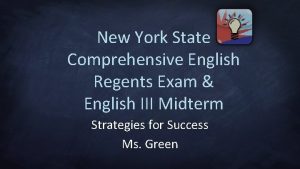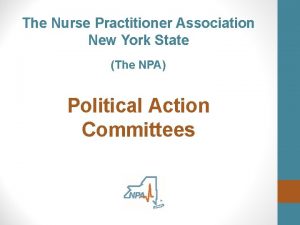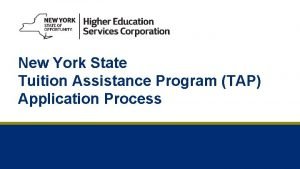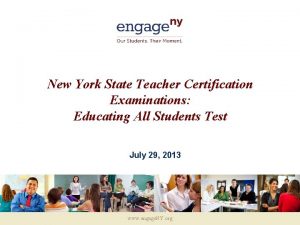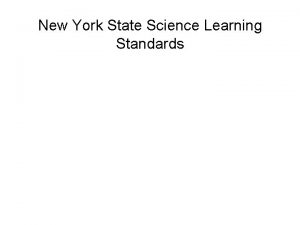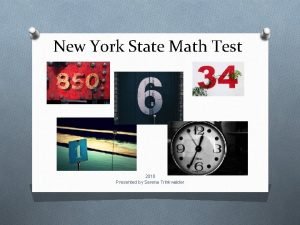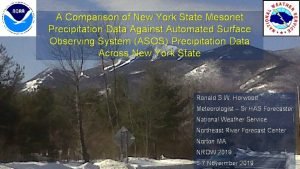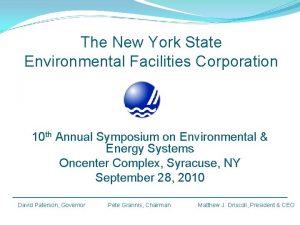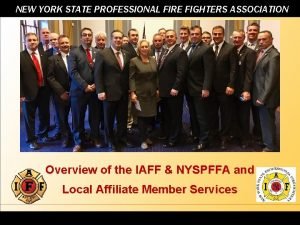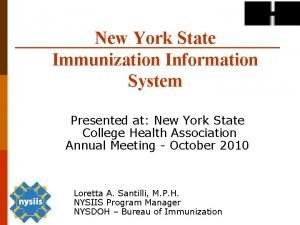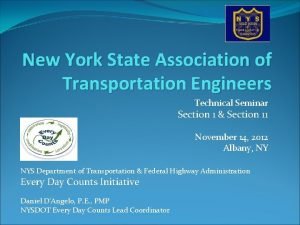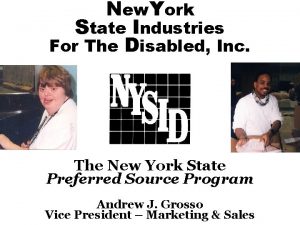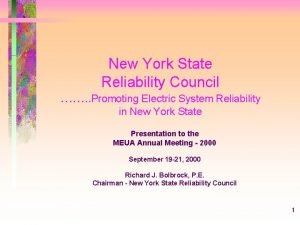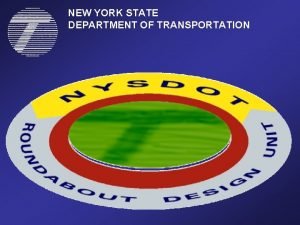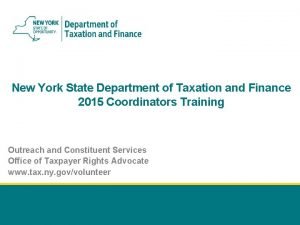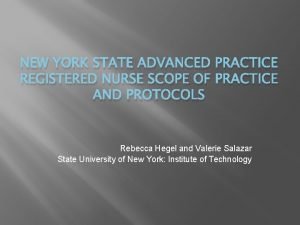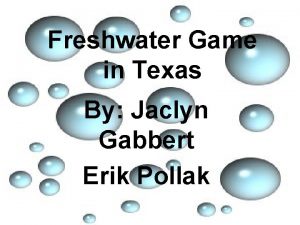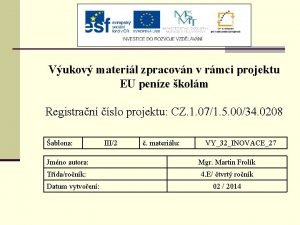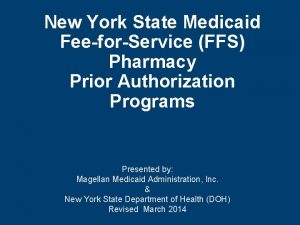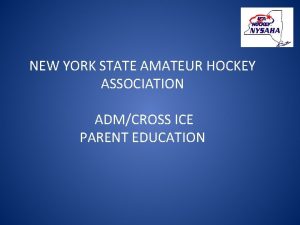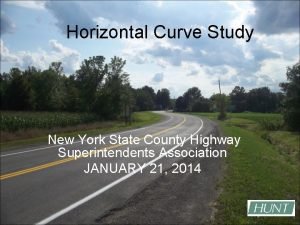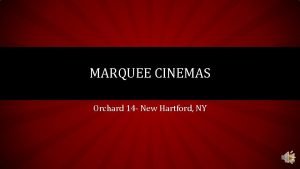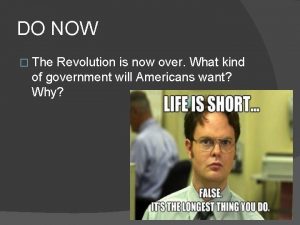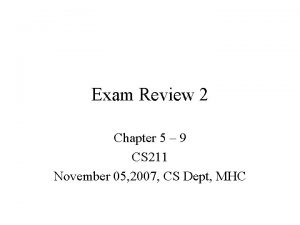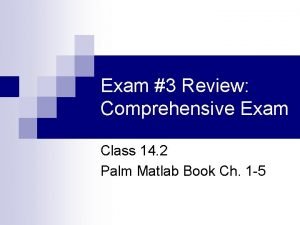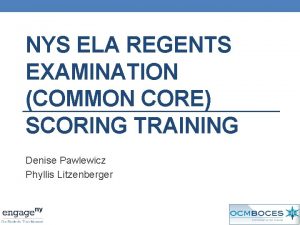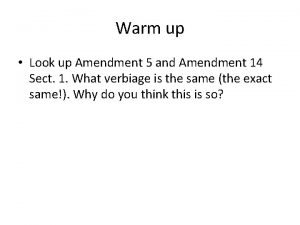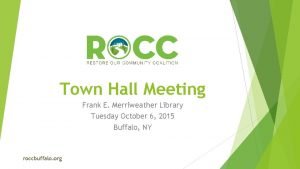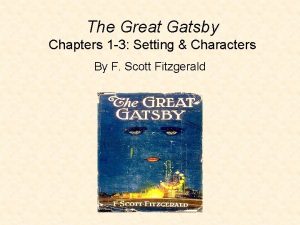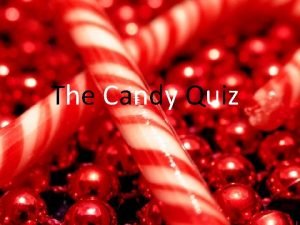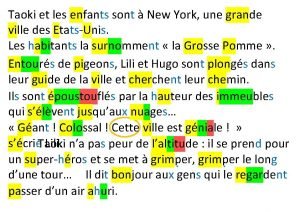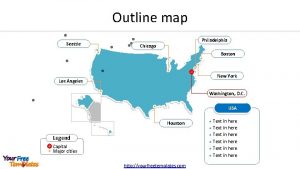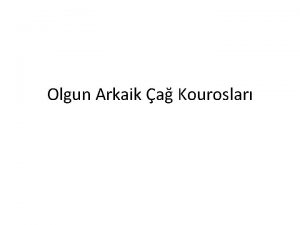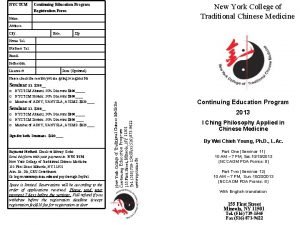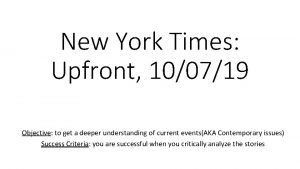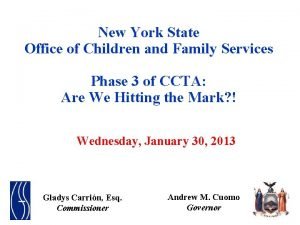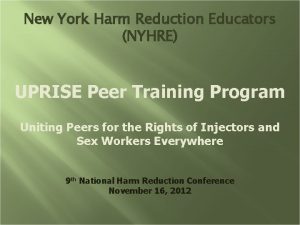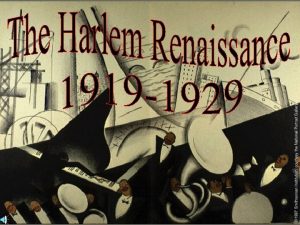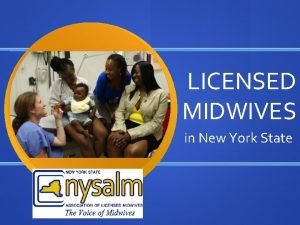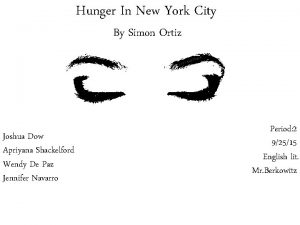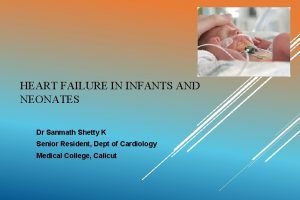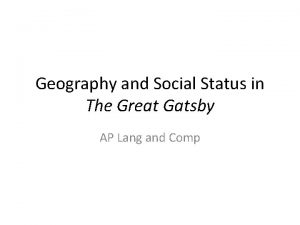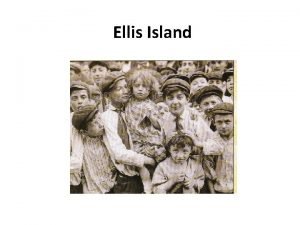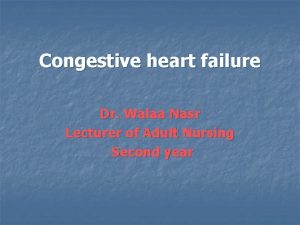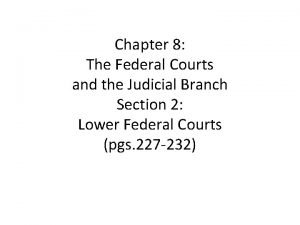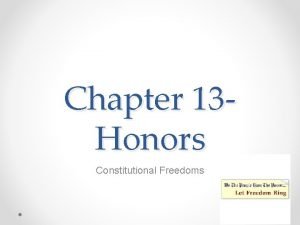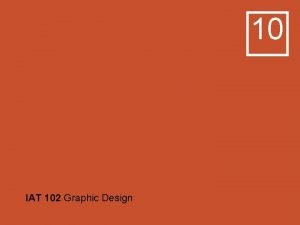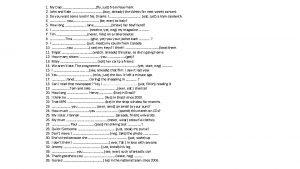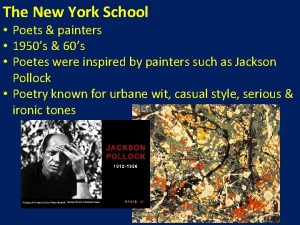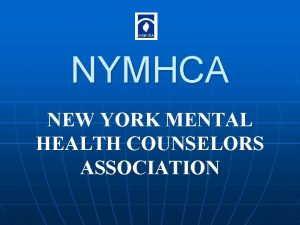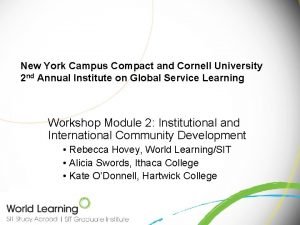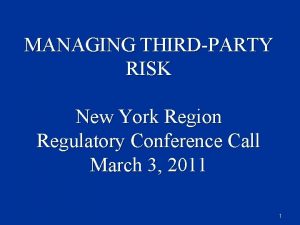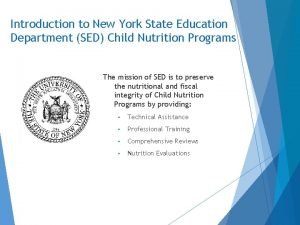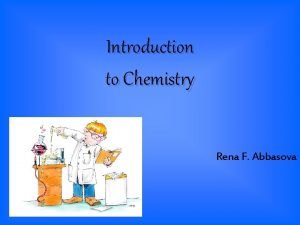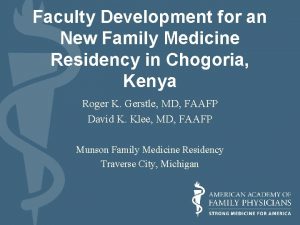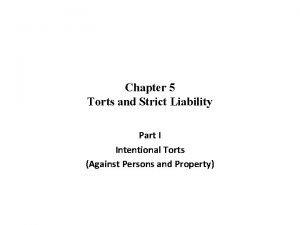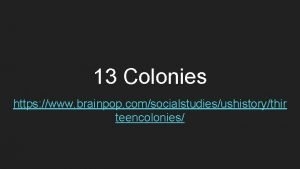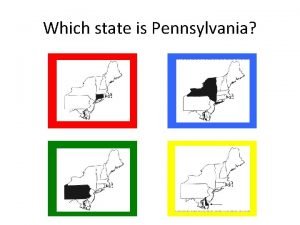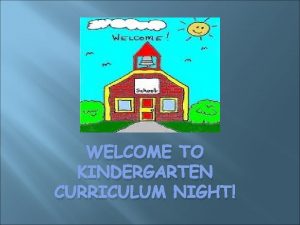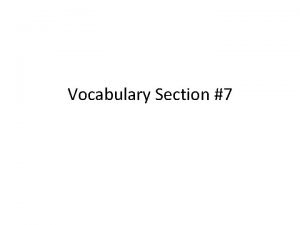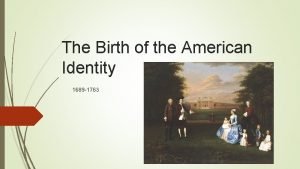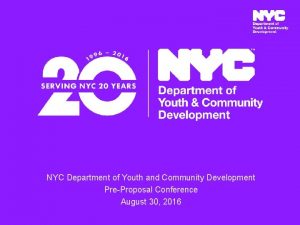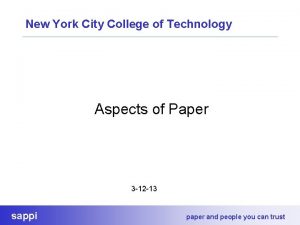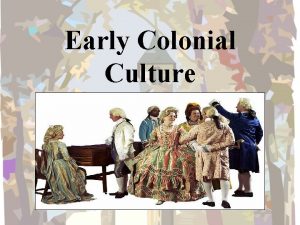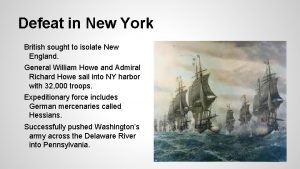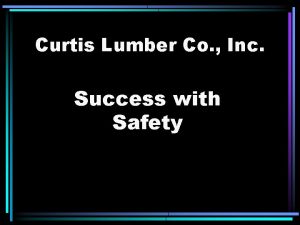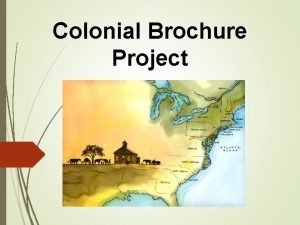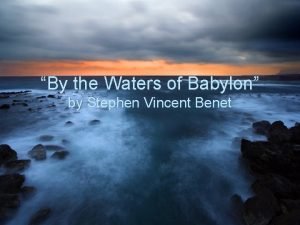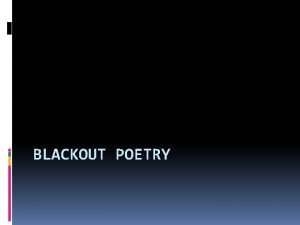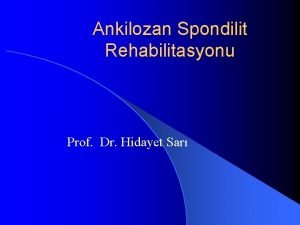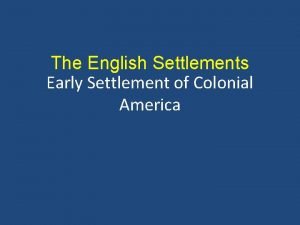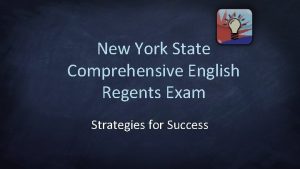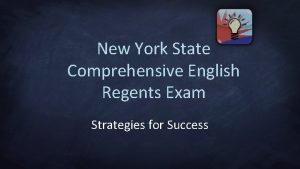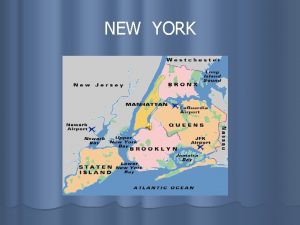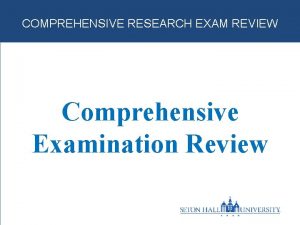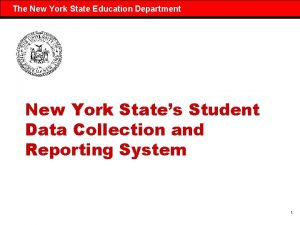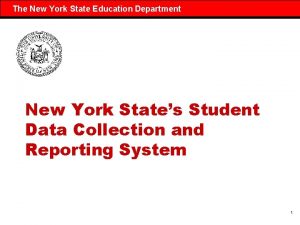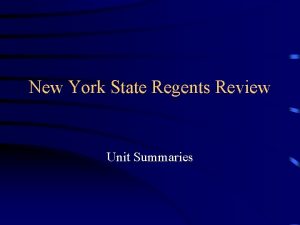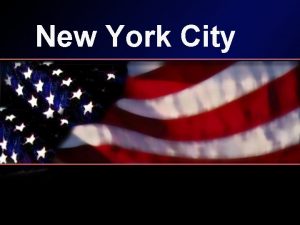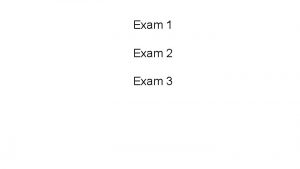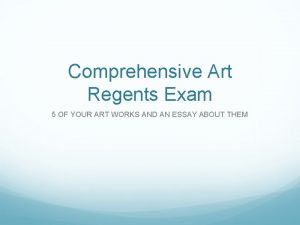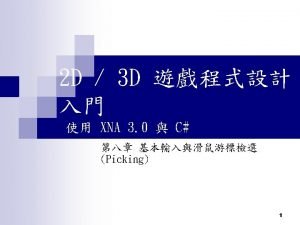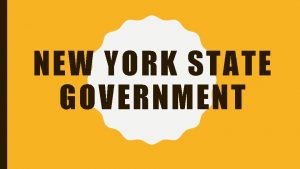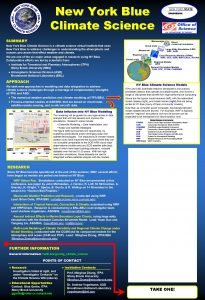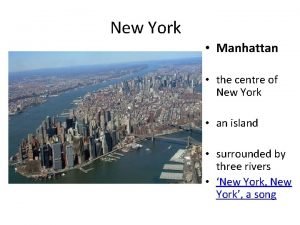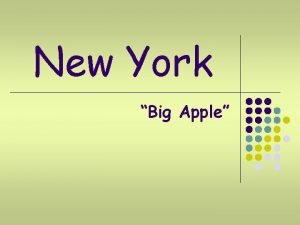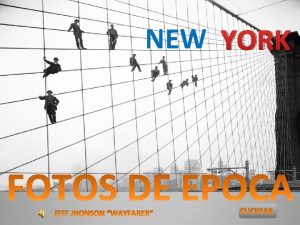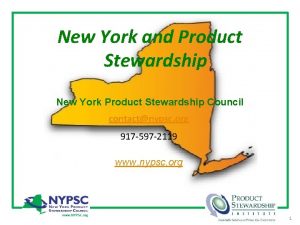New York State Comprehensive English Regents Exam English


















































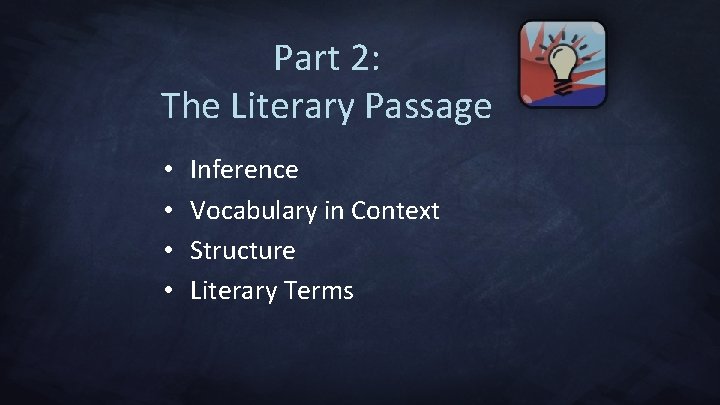
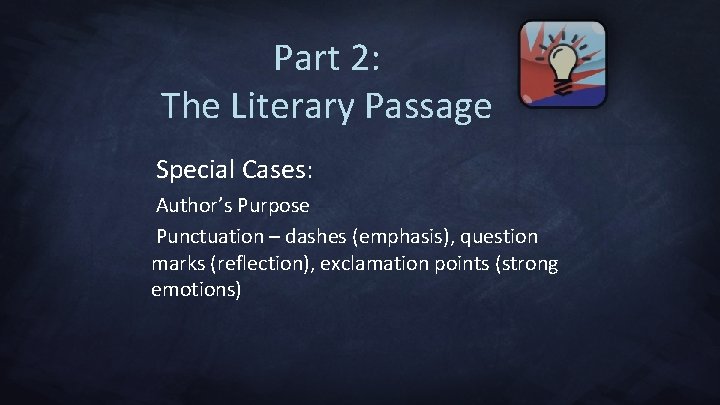
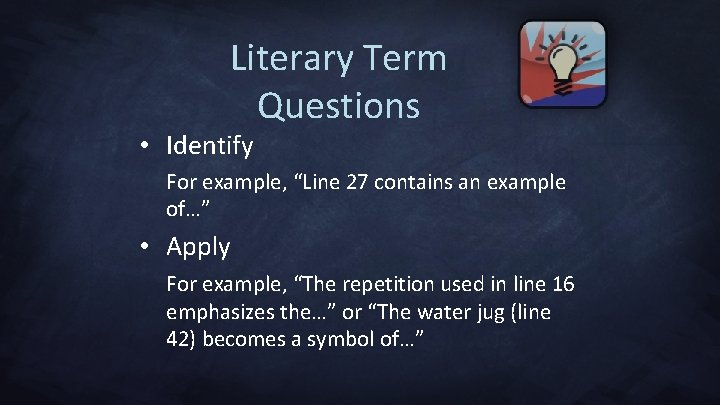
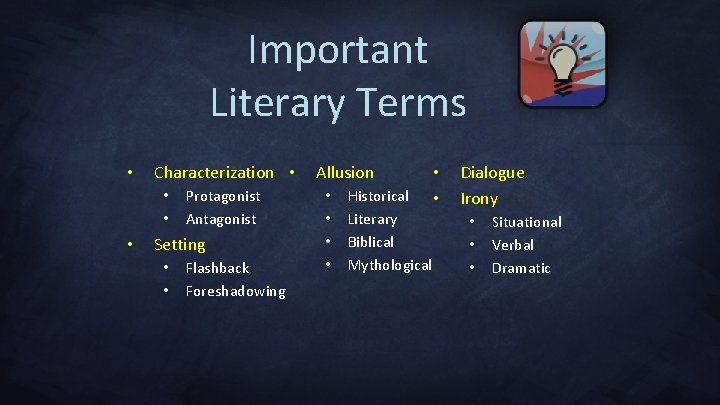
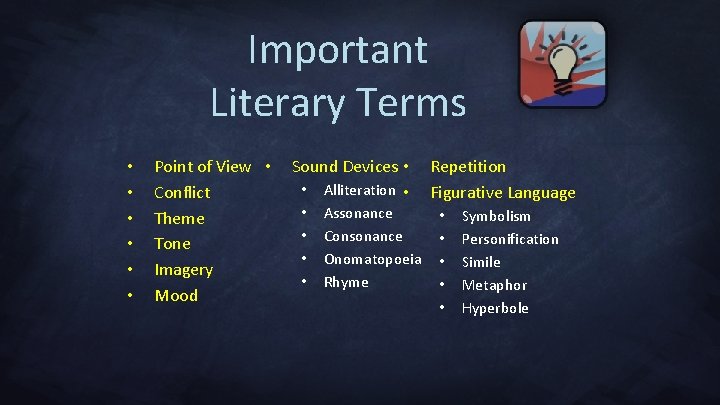
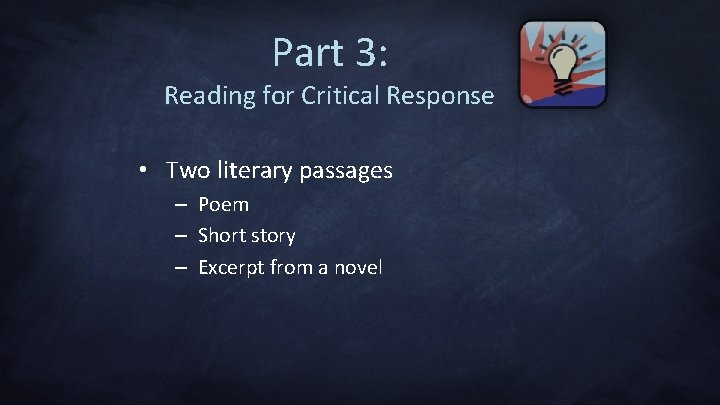
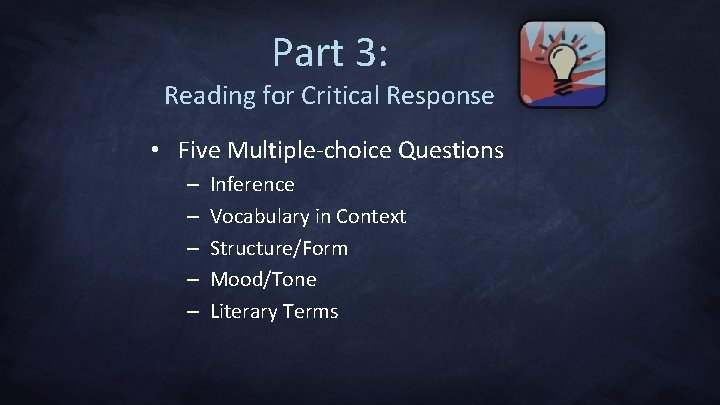
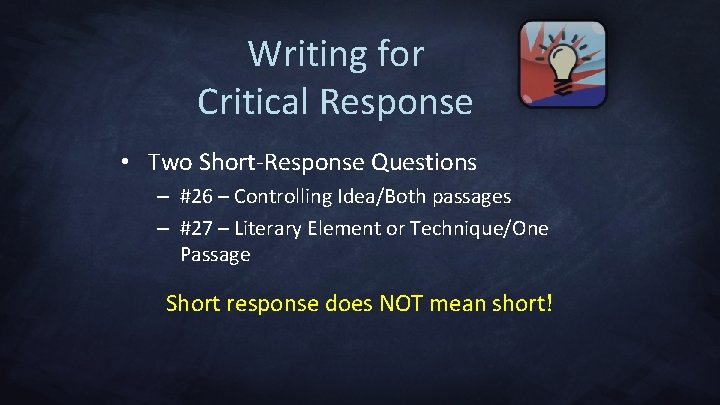
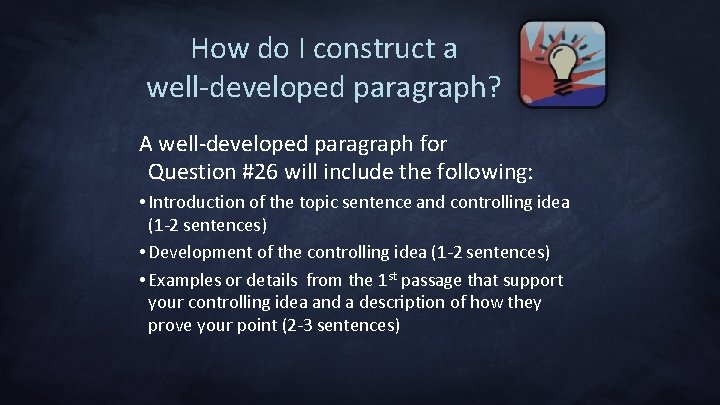
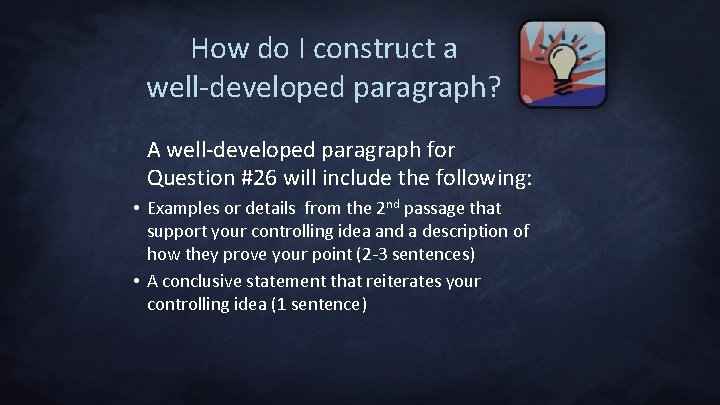
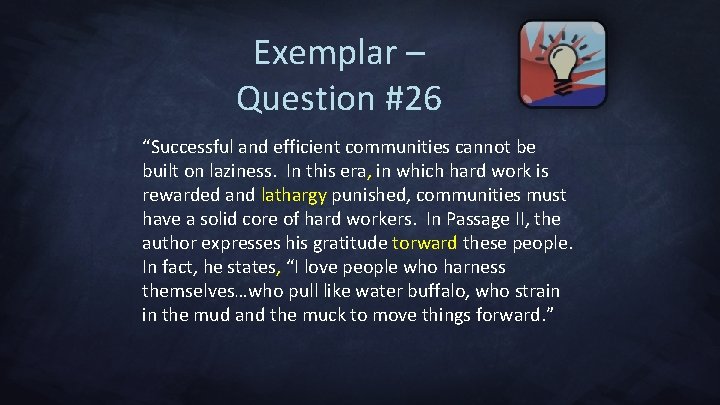
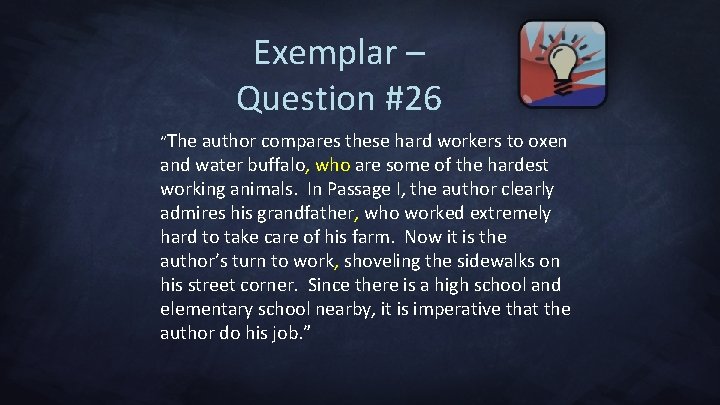
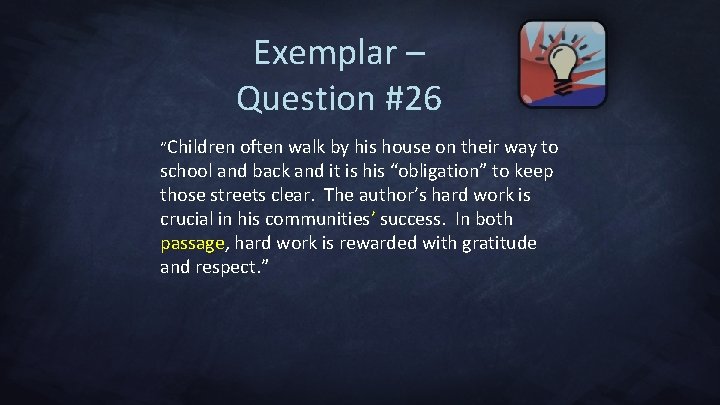
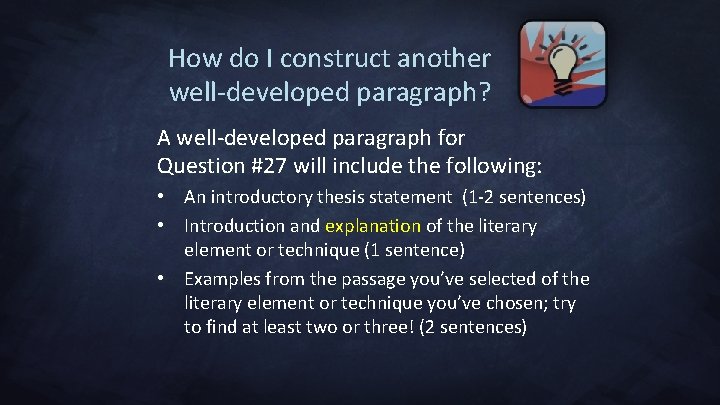
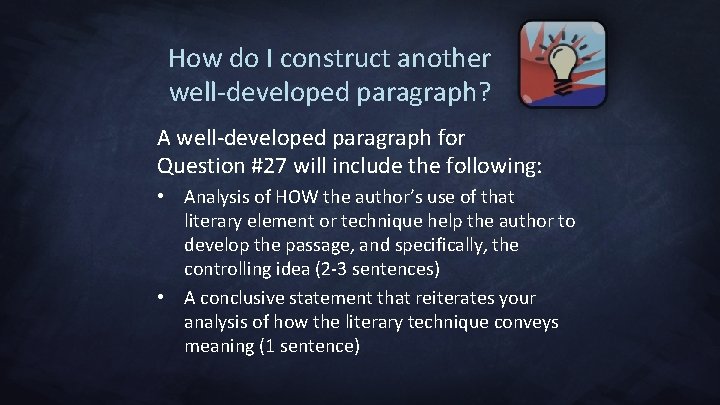
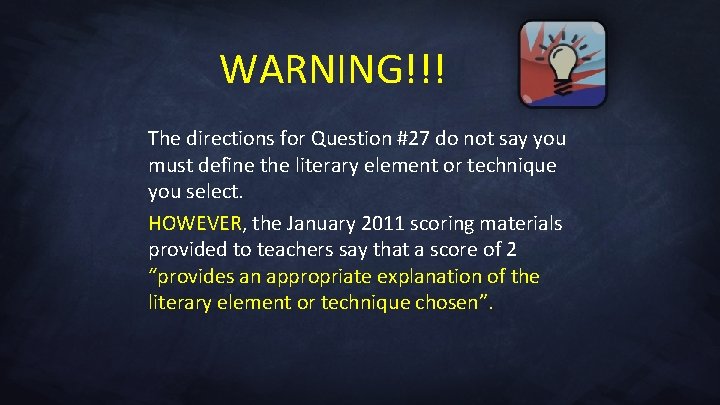
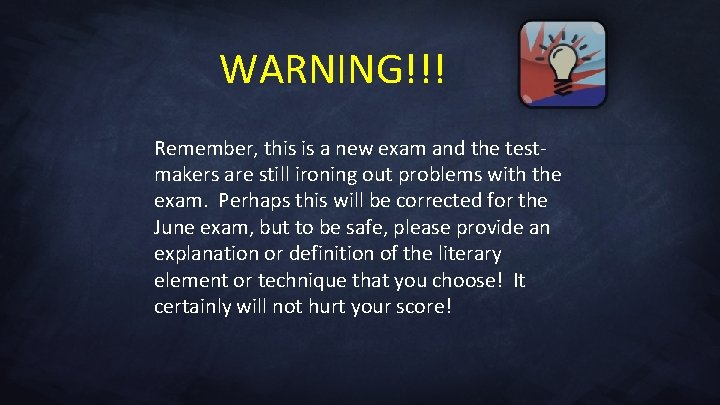
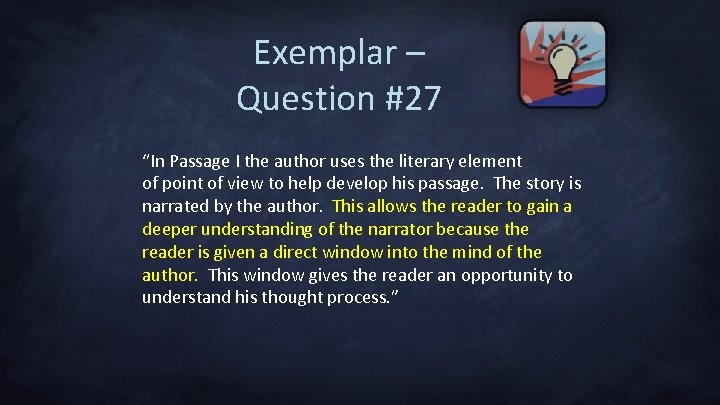
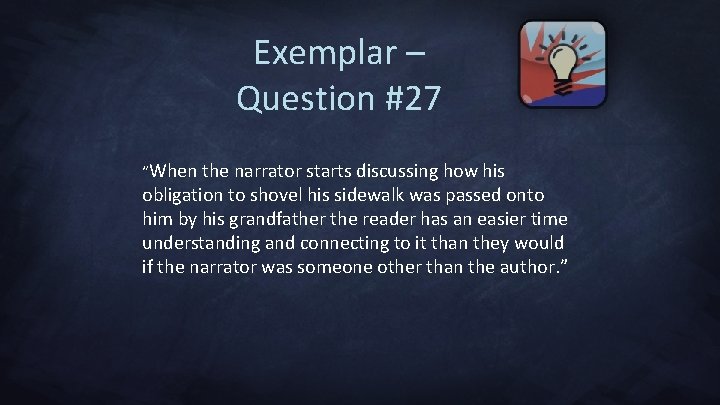
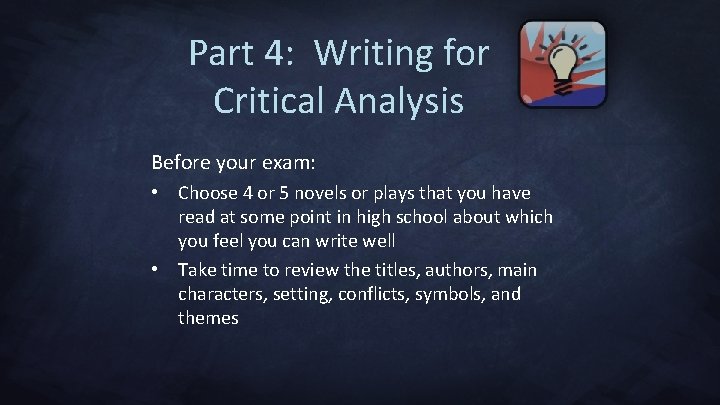
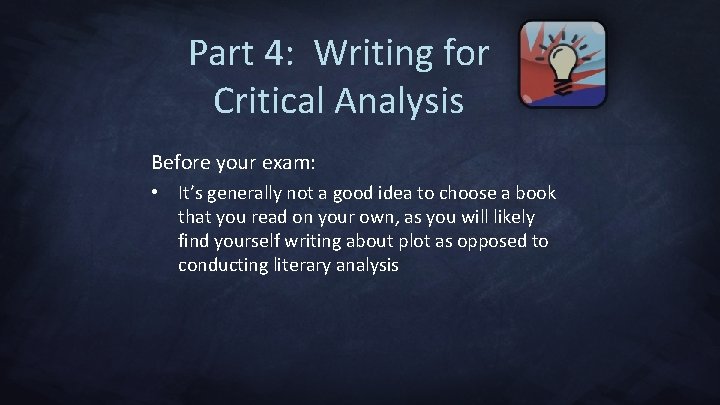
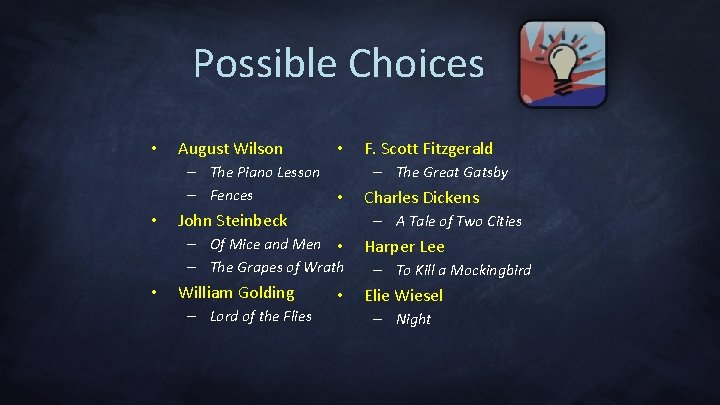
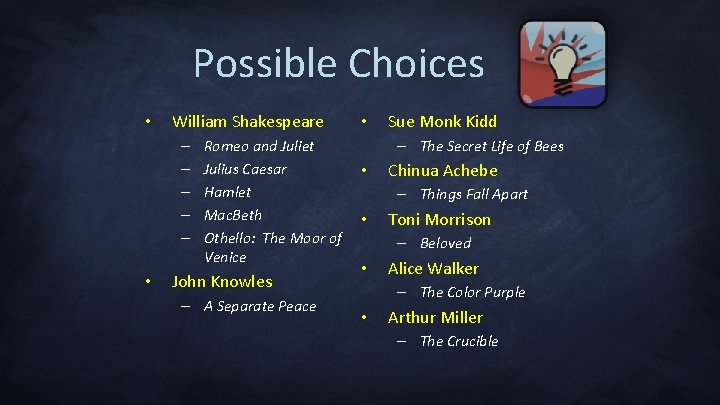
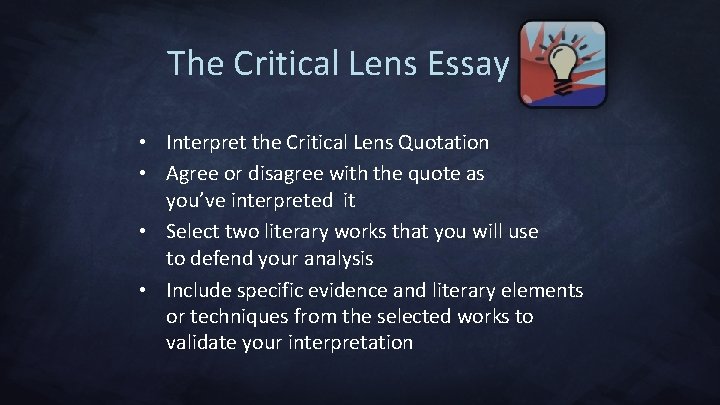
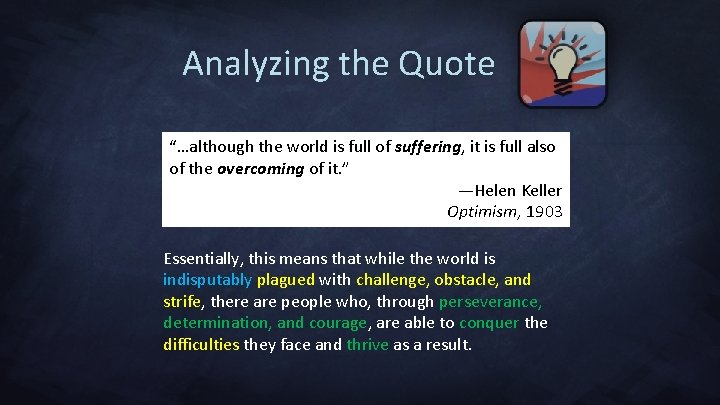
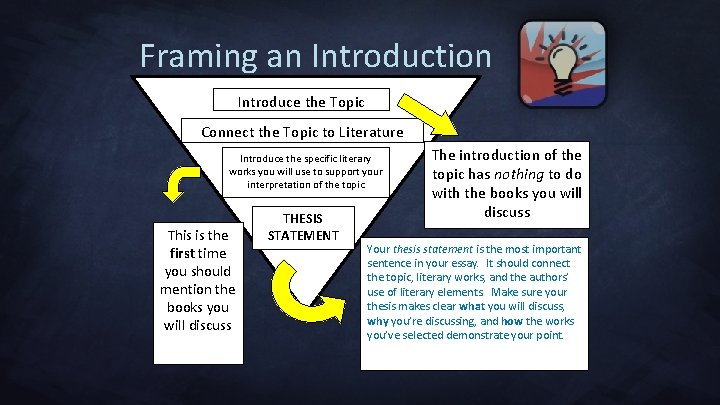
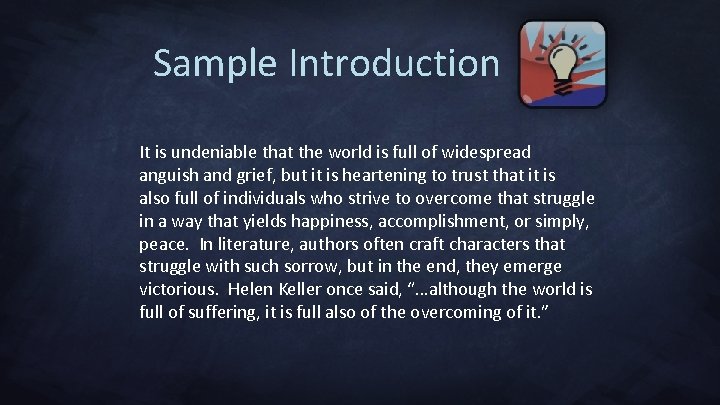
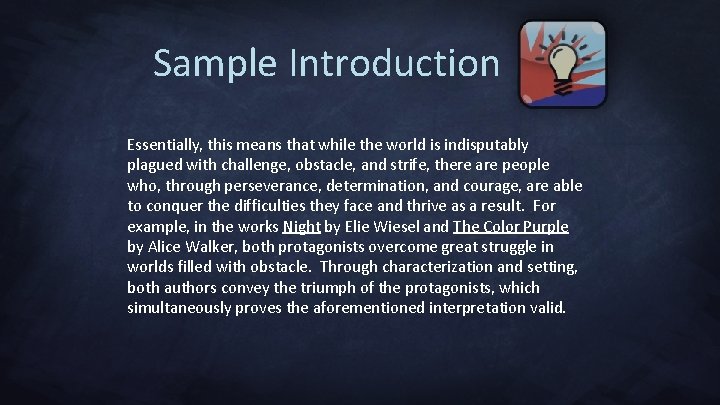
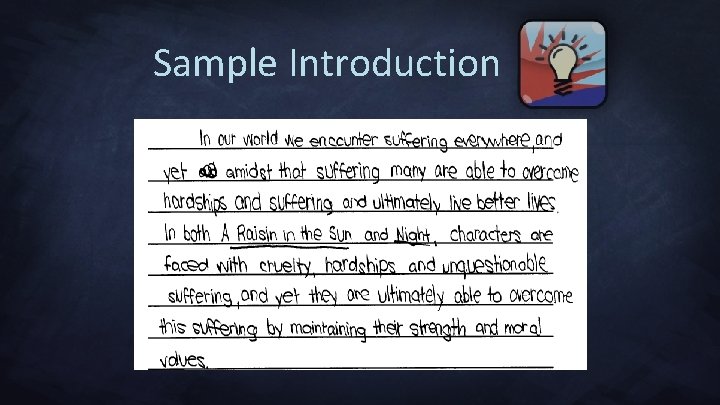
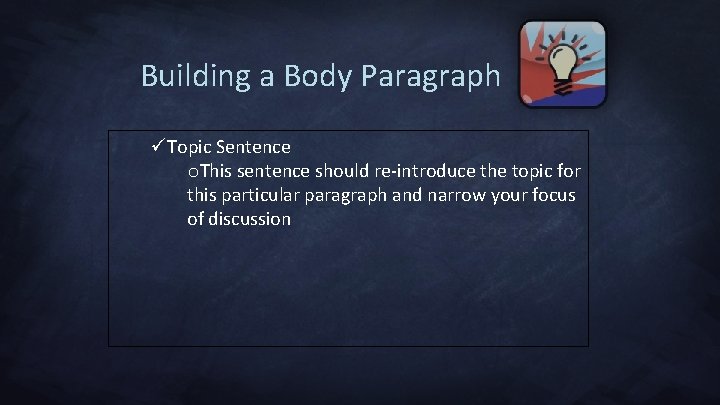
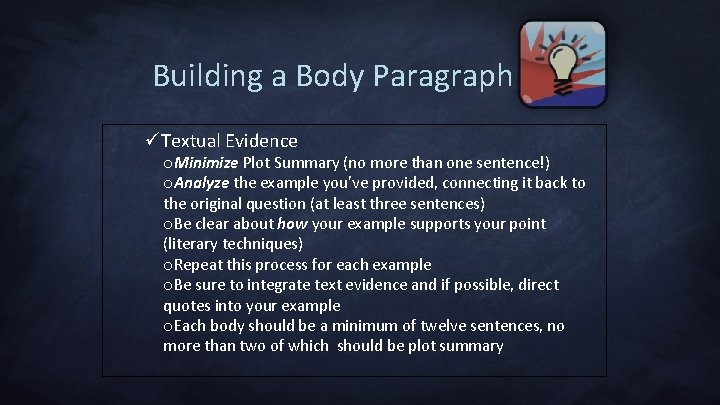
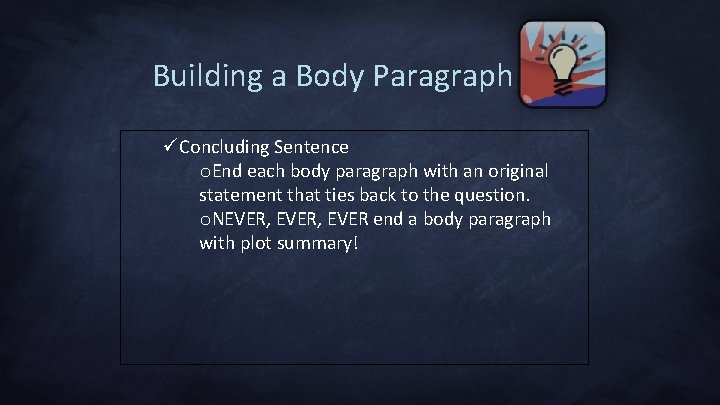
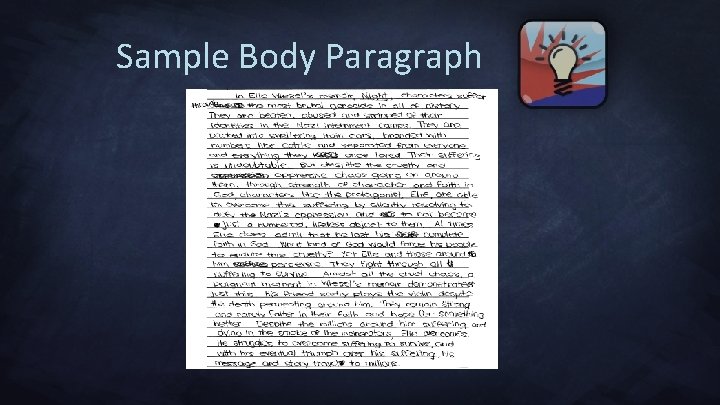
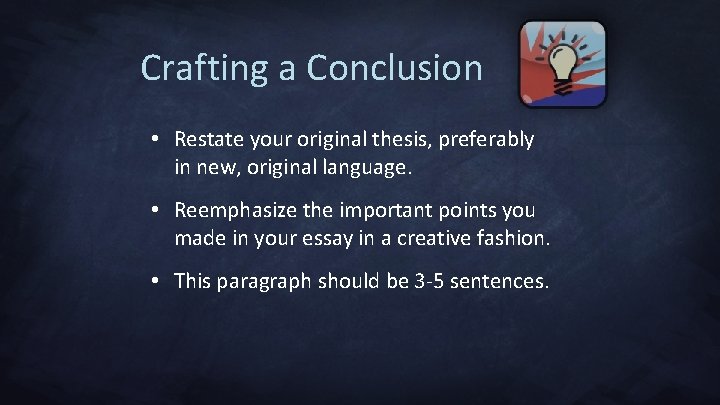
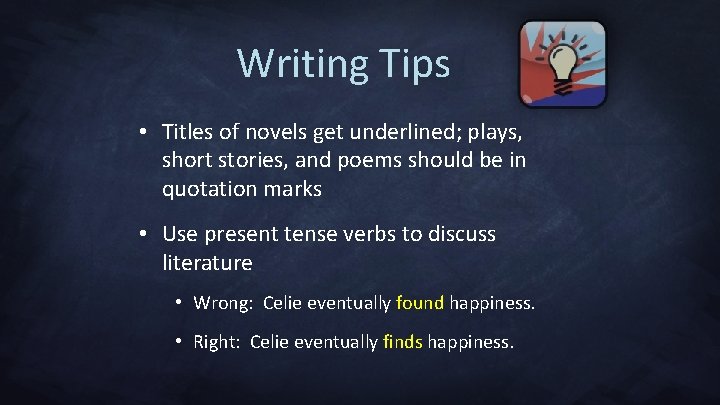
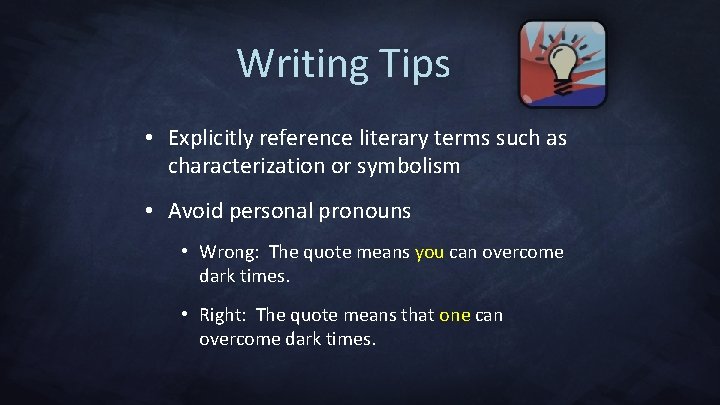
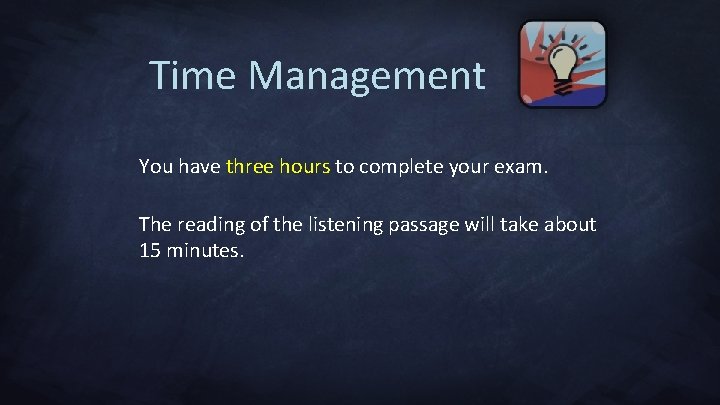
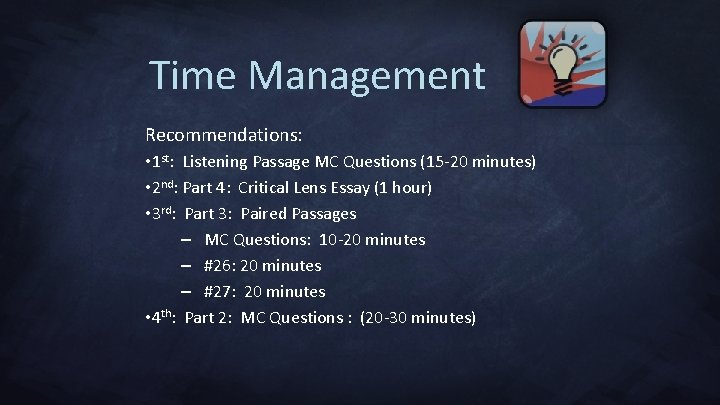
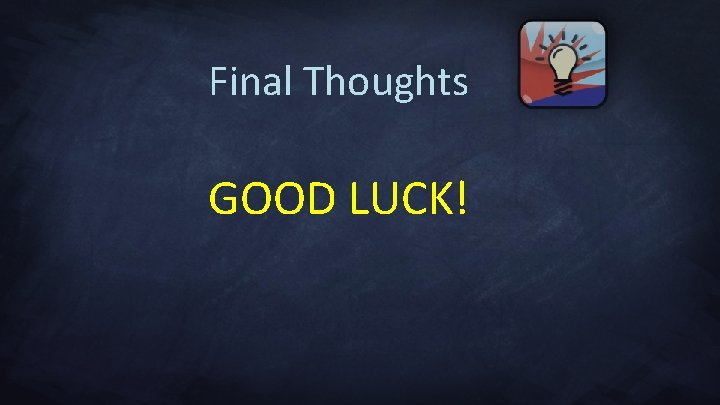
- Slides: 89

New York State Comprehensive English Regents Exam & English III Midterm Strategies for Success Ms. Green

Additional Resources • www. regentsreviewlive. net • regentsreview 2@ymail. com • Synthia. green@rcsdk 12. org

The *NEW* English Regents • • One day, three hour exam 25 multiple-choice questions 2 short-response questions 1 Critical Lens essay

On the day of the exam… • Arrive early for your exam! • Bring #2 pencils • Check with your school to see whether you need a pencil or pen for the writing sections

How will my exam be scored? • Listening for Comprehension – 8 multiple-choice questions • Reading for Comprehension – 12 multiple-choice questions, 6 for each passage

How will my exam be scored? • Reading & Writing for Critical Response – 5 multiple-choice questions, 2 short-response questions • Writing for Critical Analysis – Critical Lens Essay

How will my exam be scored? • Conversion Chart http: //www. nysedregents. org/concht/111 /english-cc 111. pdf

How will my writing be scored? • Short-Response Questions – 4 total points, 2 for each question – 0 Points → incoherent, unfocused, or personal in nature

How will my writing be scored? • Short-Response Questions – 1 Point → partially developed, implied evidence, grammatical errors – 2 Points → well-developed and focused, may have errors that do not hinder comprehension

Read the Directions! • Question #26 requires you to refer directly to both provided passages • Question #27 requires you to choose one of the two passages to construct your response and make reference to a literary element or technique

Read the Directions! • Remember – your response doesn’t have to have sophisticated language or be error free to earn full credit

Critical Lens Essay Score • • • 0 -6 Points, 4 or better is considered passing Meaning Development Organization Language Use Conventions

Read the Directions! • Be sure to: – Interpret the quotation – Agree or disagree with the quotation as you’ve interpreted it – Choose two literary works to defend your interpretation of the critical lens – Make reference to literary elements that support your analysis of the quotation and literary works that you’ve selected

Meaning • Meaning is the extent to which your response exhibits sound understanding, interpretation, and analysis of the task and texts.

Meaning • Did you…. – prove you understand the question and literary works you’ve selected? – provide a reasonable explanation of the Critical Lens quotation? – analyze the literary works effectively as they apply to your interpretation of the quotation?

Development • Development is the extent to which ideas are elaborated using specific and relevant evidence from the texts.

Development • Did you…. – Use specific and appropriate evidence from the literary works you selected to defend your point? – Use specific and appropriate literary elements from the literary works you selected to further develop your argument? Be careful to avoid PLOT SUMMARY!!!

Organization • Organization is the extent to which the response exhibits direction, shape, and coherence.

Organization • Did you…. – include an introduction, body paragraphs, and a conclusion? – ensure that your ideas flow logically from one sentence to the next? – remain focused in your analysis? – use transitional words and phrases in a way that unifies your essay?

Transition Words & Phrases • Transitions to show time before, after, first, second, eventually, finally, since, suddenly, to begin with • Transitions of agreement likewise, furthermore, additionally, similarly, moreover, in addition, by the same token • Transitions to contrast but, on the other hand, on the contrary, although, however, nevertheless, conversely

Transition Words & Phrases • Transitions to emphasize a point again, indeed, for this reason, in fact, notably, especially, significantly • Transitions to add information additionally, also, for example, for instance, such as

Transition Words & Phrases • Transitions to clarify in other words, that is to say, to clarify, put another way • Transitions to conclude/summarize As a result, finally, in conclusion, consequentially, therefore, accordingly, in essence

Language Use • Language Use is the extent to which the response reveals an awareness of audience and purpose through effective use of words, sentence structure, and sentence variety.

Language Use • Did you…. – demonstrate that you understand the audience and purpose of your essay? – use sophisticated language when appropriate? – construct sophisticated sentences when appropriate? – vary the length of your sentences as appropriate?

Conventions • Evaluation of conventions is the extent to which the response exhibits conventional spelling, punctuation, paragraphing, capitalization, grammar, and usage. • Did you…. PROOFREAD? ? ?

Task 1: Listening for Understanding The Directions: • You will hear a listening passage once. • You are permitted to take notes in your exam booklet. • You will have a few minutes to review your notes and the multiple-choice questions.

Task 1: Listening for Understanding The Directions: • You will hear the listening passage a second time. • You may take notes during the second reading or answer the questions.

The Listening Passage • Is non-fiction • Is approximately a page and a half long • May take between five and ten minutes to read The January 2011 and NYS Sample Listening Passages were: – Approximately 800 words long – Told from a 1 st person point of view

Active Listening • An Active Listener will: – – Remember why s/he is listening Make a conscious effort by remaining focused Listen for key words, ideas, and phrases Think about information in the passage while listening to it

Active Listening • An Active Listener will: – Note important signals or verbal cues that indicate important information • • Does the speaker slow down? Does the speaker raise his or her voice? Does the speaker change his or her tone? Does the speaker gesture with his/her hands?

Strategies for Note Taking • Write only what seems important – key words and phrases, main ideas, important facts and details • Be concise – be as brief as possible without losing meaning – write words and short phrases, not entire sentences

Strategies for Note Taking • Organize your ideas – try to follow a simple outline format or put main ideas on the left and supporting details on the right; leave space for more notes during the 2 nd reading • Use shortcuts – b 4, bc, w/o, &, info, ex, @, →, ? • Consider the “five Ws” – who, what, where, when, why…and also how

Test-taking Strategies • Multiple-Choice Questions – Read only the question first; try to think of a reasonable answer on your own. – Check to see if there is a choice close to the answer you imagined. – Use the process of elimination by crossing out answers you know are wrong.

Dissecting the MC Questions • • Inference Listening Comprehension Tone Point of View

Inference Questions An inference question is a question that requires you draw a conclusion, or inference, based on the information presented and logical reasoning.

Inference Questions By stating that Abigail Adams “reached beyond the kitchen and the nursery, ” the speaker suggests that Abigail: (1) suffered from boredom (2) broke with tradition (3) sought new friends (4) Traveled the country

Which answers are wrong? • (1) – there is no evidence that Abigail Adams is bored • (3) – while this may be true, there is no evidence to prove it • (4) – this is the tricky choice! • The correct answer is (2).

Listening Comprehension Listening comprehension questions are questions that require you to recall or recollect a fact or detail from the passage that was directly stated.

Listening Comprehension As stated by the speaker, letter writing presented Abigail Adams with: (1) an unexpected friendship (2) a trivial pastime (3) an emotional release (4) a displeasing chore

Tone and Point of View • Tone is the attitude of a speaker, writer, or subject. • Point of View is the perspective of the speaker, writer, or subject. • Both tone and point of view questions often have adjectives as possible answers.

Strategies for Tone and POV • Read the question, cover the choices, and answer the question with your own adjective – is there a choice that is a synonym of the word you selected?

Strategies for Tone and POV • Ask yourself if the attitude or perspective is positive or negative – eliminate choices that don’t seem to match your determination – sometimes you can do this even if you don’t know the meaning of some of the choices!

What is the TONE? The speaker’s tone in the account can be described as (1) harsh (2) respectful (3) sarcastic (4) objective Prefixes with Positive Connotation: pro, syn, sym, ben Prefixes with Negative Connotation: de, dis, non, im, un, con, mal

Task 2: Reading for Understanding • 12 multiple-choice questions – 6 questions on an informational, non-fiction passage – 6 questions on a literary passage (fiction)

Task 2: Reading for Understanding The January 2011 and NYS Sample Reading Passages were: • Informational • Between 500 -600 words • Told from a 3 rd person perspective • Literary • Approximately 600 words • Told from a 3 rd person perspective

Part 2: The Informational Passage • • • Reading Comprehension Inference Main Idea Vocabulary in Context Structure

Vocabulary in Context The Passage: “It’s an accessible sport. It’s not just for racing; it’s also for recreational riding. It’s a barrier breaker that allows a disabled rider to participate in cycling with friends and families who may be riding conventional bicycles. ”

Vocabulary in Context The Question: The passage includes the quotation about the handcycle being a “barrier breaker” (line 8) in order to stress its (1) durability (2) affordability (3) portability (4) accessibility

Structure Questions • Anecdote – the author’s use of personal stories to convey the main idea • Cause & Effect – the author presents a problem or idea, outlines causes of the problem or idea, and then presents the effects that the causes have on the problem or idea • Chronological Order – information is presented in the order it happens

Structure Questions • Comparison/Contrast – the author introduces two or more events, people, places, or ideas and then identifies their similarities and differences • Problem & Solution – the author presents a dilemma and a possible solution or solutions • Process/Listing – an author might use this style if the information presented involves a series of steps

Part 2: The Literary Passage • • Inference Vocabulary in Context Structure Literary Terms

Part 2: The Literary Passage Special Cases: Author’s Purpose Punctuation – dashes (emphasis), question marks (reflection), exclamation points (strong emotions)

Literary Term Questions • Identify For example, “Line 27 contains an example of…” • Apply For example, “The repetition used in line 16 emphasizes the…” or “The water jug (line 42) becomes a symbol of…”

Important Literary Terms • Characterization • • Protagonist Antagonist Setting • • Flashback Foreshadowing Allusion • • Historical Literary Biblical Mythological • • Dialogue Irony • • • Situational Verbal Dramatic

Important Literary Terms • • • Point of View • Conflict Theme Tone Imagery Mood Sound Devices • • Alliteration • • • Assonance Consonance Onomatopoeia Rhyme Repetition Figurative Language • • • Symbolism Personification Simile Metaphor Hyperbole

Part 3: Reading for Critical Response • Two literary passages – Poem – Short story – Excerpt from a novel

Part 3: Reading for Critical Response • Five Multiple-choice Questions – – – Inference Vocabulary in Context Structure/Form Mood/Tone Literary Terms

Writing for Critical Response • Two Short-Response Questions – #26 – Controlling Idea/Both passages – #27 – Literary Element or Technique/One Passage Short response does NOT mean short!

How do I construct a well-developed paragraph? A well-developed paragraph for Question #26 will include the following: • Introduction of the topic sentence and controlling idea (1 -2 sentences) • Development of the controlling idea (1 -2 sentences) • Examples or details from the 1 st passage that support your controlling idea and a description of how they prove your point (2 -3 sentences)

How do I construct a well-developed paragraph? A well-developed paragraph for Question #26 will include the following: • Examples or details from the 2 nd passage that support your controlling idea and a description of how they prove your point (2 -3 sentences) • A conclusive statement that reiterates your controlling idea (1 sentence)

Exemplar – Question #26 “Successful and efficient communities cannot be built on laziness. In this era, in which hard work is rewarded and lathargy punished, communities must have a solid core of hard workers. In Passage II, the author expresses his gratitude torward these people. In fact, he states, “I love people who harness themselves…who pull like water buffalo, who strain in the mud and the muck to move things forward. ”

Exemplar – Question #26 “The author compares these hard workers to oxen and water buffalo, who are some of the hardest working animals. In Passage I, the author clearly admires his grandfather, who worked extremely hard to take care of his farm. Now it is the author’s turn to work, shoveling the sidewalks on his street corner. Since there is a high school and elementary school nearby, it is imperative that the author do his job. ”

Exemplar – Question #26 “Children often walk by his house on their way to school and back and it is his “obligation” to keep those streets clear. The author’s hard work is crucial in his communities’ success. In both passage, hard work is rewarded with gratitude and respect. ”

How do I construct another well-developed paragraph? A well-developed paragraph for Question #27 will include the following: • An introductory thesis statement (1 -2 sentences) • Introduction and explanation of the literary element or technique (1 sentence) • Examples from the passage you’ve selected of the literary element or technique you’ve chosen; try to find at least two or three! (2 sentences)

How do I construct another well-developed paragraph? A well-developed paragraph for Question #27 will include the following: • Analysis of HOW the author’s use of that literary element or technique help the author to develop the passage, and specifically, the controlling idea (2 -3 sentences) • A conclusive statement that reiterates your analysis of how the literary technique conveys meaning (1 sentence)

WARNING!!! The directions for Question #27 do not say you must define the literary element or technique you select. HOWEVER, the January 2011 scoring materials provided to teachers say that a score of 2 “provides an appropriate explanation of the literary element or technique chosen”.

WARNING!!! Remember, this is a new exam and the testmakers are still ironing out problems with the exam. Perhaps this will be corrected for the June exam, but to be safe, please provide an explanation or definition of the literary element or technique that you choose! It certainly will not hurt your score!

Exemplar – Question #27 “In Passage I the author uses the literary element of point of view to help develop his passage. The story is narrated by the author. This allows the reader to gain a deeper understanding of the narrator because the reader is given a direct window into the mind of the author. This window gives the reader an opportunity to understand his thought process. ”

Exemplar – Question #27 “When the narrator starts discussing how his obligation to shovel his sidewalk was passed onto him by his grandfather the reader has an easier time understanding and connecting to it than they would if the narrator was someone other than the author. ”

Part 4: Writing for Critical Analysis Before your exam: • Choose 4 or 5 novels or plays that you have read at some point in high school about which you feel you can write well • Take time to review the titles, authors, main characters, setting, conflicts, symbols, and themes

Part 4: Writing for Critical Analysis Before your exam: • It’s generally not a good idea to choose a book that you read on your own, as you will likely find yourself writing about plot as opposed to conducting literary analysis

Possible Choices • August Wilson – The Piano Lesson – Fences • • – The Great Gatsby • John Steinbeck William Golding – Lord of the Flies Charles Dickens – A Tale of Two Cities – Of Mice and Men • – The Grapes of Wrath • F. Scott Fitzgerald • Harper Lee – To Kill a Mockingbird Elie Wiesel – Night

Possible Choices • William Shakespeare – – – • Romeo and Juliet Julius Caesar Hamlet Mac. Beth Othello: The Moor of Venice John Knowles – A Separate Peace • Sue Monk Kidd – The Secret Life of Bees • Chinua Achebe – Things Fall Apart • Toni Morrison – Beloved • Alice Walker – The Color Purple • Arthur Miller – The Crucible

The Critical Lens Essay • Interpret the Critical Lens Quotation • Agree or disagree with the quote as you’ve interpreted it • Select two literary works that you will use to defend your analysis • Include specific evidence and literary elements or techniques from the selected works to validate your interpretation

Analyzing the Quote “…although the world is full of suffering, it is full also of the overcoming of it. ” —Helen Keller Optimism, 1903 Essentially, this means that while the world is indisputably plagued with challenge, obstacle, and strife, there are people who, through perseverance, determination, and courage, are able to conquer the difficulties they face and thrive as a result.

Framing an Introduction Introduce the Topic Connect the Topic to Literature Introduce the specific literary works you will use to support your interpretation of the topic This is the first time you should mention the books you will discuss THESIS STATEMENT The introduction of the topic has nothing to do with the books you will discuss Your thesis statement is the most important sentence in your essay. It should connect the topic, literary works, and the authors’ use of literary elements. Make sure your thesis makes clear what you will discuss, why you’re discussing, and how the works you’ve selected demonstrate your point.

Sample Introduction It is undeniable that the world is full of widespread anguish and grief, but it is heartening to trust that it is also full of individuals who strive to overcome that struggle in a way that yields happiness, accomplishment, or simply, peace. In literature, authors often craft characters that struggle with such sorrow, but in the end, they emerge victorious. Helen Keller once said, “…although the world is full of suffering, it is full also of the overcoming of it. ”

Sample Introduction Essentially, this means that while the world is indisputably plagued with challenge, obstacle, and strife, there are people who, through perseverance, determination, and courage, are able to conquer the difficulties they face and thrive as a result. For example, in the works Night by Elie Wiesel and The Color Purple by Alice Walker, both protagonists overcome great struggle in worlds filled with obstacle. Through characterization and setting, both authors convey the triumph of the protagonists, which simultaneously proves the aforementioned interpretation valid.

Sample Introduction

Building a Body Paragraph üTopic Sentence o. This sentence should re-introduce the topic for this particular paragraph and narrow your focus of discussion

Building a Body Paragraph üTextual Evidence o. Minimize Plot Summary (no more than one sentence!) o. Analyze the example you’ve provided, connecting it back to the original question (at least three sentences) o. Be clear about how your example supports your point (literary techniques) o. Repeat this process for each example o. Be sure to integrate text evidence and if possible, direct quotes into your example o. Each body should be a minimum of twelve sentences, no more than two of which should be plot summary

Building a Body Paragraph üConcluding Sentence o. End each body paragraph with an original statement that ties back to the question. o. NEVER, EVER end a body paragraph with plot summary!

Sample Body Paragraph

Crafting a Conclusion • Restate your original thesis, preferably in new, original language. • Reemphasize the important points you made in your essay in a creative fashion. • This paragraph should be 3 -5 sentences.

Writing Tips • Titles of novels get underlined; plays, short stories, and poems should be in quotation marks • Use present tense verbs to discuss literature • Wrong: Celie eventually found happiness. • Right: Celie eventually finds happiness.

Writing Tips • Explicitly reference literary terms such as characterization or symbolism • Avoid personal pronouns • Wrong: The quote means you can overcome dark times. • Right: The quote means that one can overcome dark times.

Time Management You have three hours to complete your exam. The reading of the listening passage will take about 15 minutes.

Time Management Recommendations: • 1 st: Listening Passage MC Questions (15 -20 minutes) • 2 nd: Part 4: Critical Lens Essay (1 hour) • 3 rd: Part 3: Paired Passages – MC Questions: 10 -20 minutes – #26: 20 minutes – #27: 20 minutes • 4 th: Part 2: MC Questions : (20 -30 minutes)

Final Thoughts GOOD LUCK!
 Comprehensive english regents
Comprehensive english regents Nys npa
Nys npa Tap application status
Tap application status New york state teacher certification exams
New york state teacher certification exams New york state learning standards science
New york state learning standards science New york state test 2018
New york state test 2018 Nerfc
Nerfc Ny state vegetable
Ny state vegetable Environmental facilities corporation
Environmental facilities corporation New york state professional firefighters association
New york state professional firefighters association Ny immunization registry
Ny immunization registry New york state association of transportation engineers
New york state association of transportation engineers Nysid catalog
Nysid catalog Department of criminal justice services ny
Department of criminal justice services ny Nysrc
Nysrc Latham traffic circle
Latham traffic circle Ny tax practitioner hotline
Ny tax practitioner hotline Nys rn scope of practice
Nys rn scope of practice New york state fish
New york state fish New york state nickname
New york state nickname Emedny formulary
Emedny formulary New york state amateur hockey association
New york state amateur hockey association New york state county highway superintendents association
New york state county highway superintendents association New york, new jersey, pennsylvania, and delaware
New york, new jersey, pennsylvania, and delaware Movies new hartford ny
Movies new hartford ny Weaknesses and strengths of the articles of confederation
Weaknesses and strengths of the articles of confederation Neil thisse is a loyalist who fled the colonies
Neil thisse is a loyalist who fled the colonies Ch. 5: comprehensive exam
Ch. 5: comprehensive exam Chapter 3 comprehensive exam
Chapter 3 comprehensive exam Ela regents rubric part 2
Ela regents rubric part 2 English regents argumentative essay
English regents argumentative essay Barbara pacher
Barbara pacher Procedural vs substantive due process
Procedural vs substantive due process Merriweather library buffalo new york
Merriweather library buffalo new york Map of west and east egg
Map of west and east egg Famous new york street candy bar
Famous new york street candy bar Taoki new york
Taoki new york Outline map of new york
Outline map of new york New york kurosu
New york kurosu 纽约中医学院
纽约中医学院 Upfront new york times
Upfront new york times Ccta new york
Ccta new york New york lega
New york lega Nyhre
Nyhre Distretti new york
Distretti new york Map of harlem during the renaissance
Map of harlem during the renaissance Nysalm
Nysalm Dmi new york
Dmi new york Hunger in new york city poem
Hunger in new york city poem Causes of cardiomegaly in child
Causes of cardiomegaly in child The great gatsby geography
The great gatsby geography New york oceanic
New york oceanic Isle island new york
Isle island new york Allgemeine informationen über new york
Allgemeine informationen über new york New york hf classification
New york hf classification Federal district court map new york
Federal district court map new york Gitlow v new york constitutional question
Gitlow v new york constitutional question Avaya new york
Avaya new york Josef müller brockmann
Josef müller brockmann My dad (fly just) from new york
My dad (fly just) from new york New york kerületei
New york kerületei New york school poets
New york school poets Nymhca
Nymhca New york statewide senior action council
New york statewide senior action council Why is new york called the big apple
Why is new york called the big apple New york campus compact
New york campus compact New york city technology forum
New york city technology forum Third party risk management conference 2019 new york
Third party risk management conference 2019 new york Cnms nysed
Cnms nysed Bipc subjects
Bipc subjects New york
New york New york times v. sullivan
New york times v. sullivan Brainpop thirteen colonies
Brainpop thirteen colonies What state's capital is harrisburg
What state's capital is harrisburg Engage new york kindergarten
Engage new york kindergarten Pedestrian adj
Pedestrian adj Rabbit island experiment answers
Rabbit island experiment answers The new york weekly journal
The new york weekly journal New york in the future
New york in the future Nyc youth and community development
Nyc youth and community development Sappi paper
Sappi paper En quoi new york est une ville mondiale
En quoi new york est une ville mondiale The new york weekly journal
The new york weekly journal 32 000 troops in new york harbor
32 000 troops in new york harbor Curtis lumber schroon lake ny
Curtis lumber schroon lake ny Middle colonies brochure project
Middle colonies brochure project When was by the waters of babylon written
When was by the waters of babylon written What's a blackout poem
What's a blackout poem Schöber testi
Schöber testi New york stereotypes
New york stereotypes
